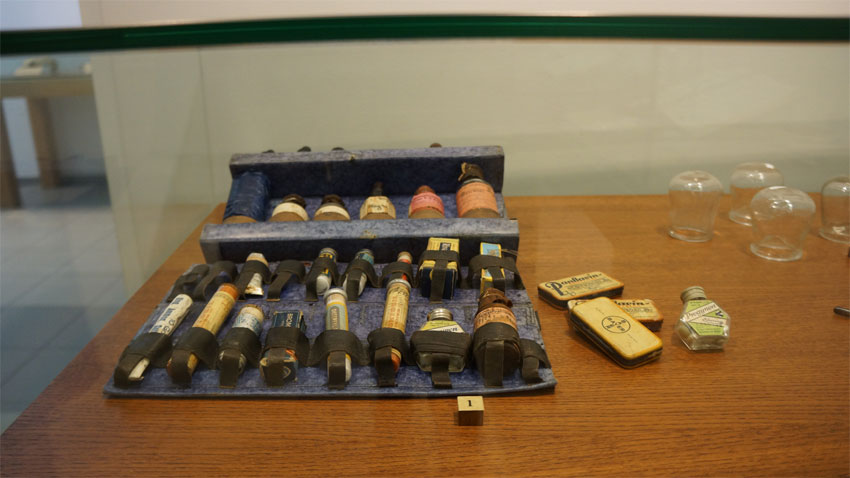Ancient healers across Bulgarian lands used Mandragora /mandrake/ against the scalpel’s pain, leant on gods and trusted the power of herbs. Their successors step on their knowledge even today.
There were no different diseases back in time, only the approach differed. The Institute of Experimental Morphology, Pathology and Anthropology with the Bulgarian Academy of Sciences /BAS/ and the Regional Museum of History – Shumen are presenting an exhibition at the National Anthropological Museum – and it tells the stories of different diseases in these lands over the centuries and also of the methods used for their treatment.

“Healing practices existed yet during the Neolithic era,” says Dr. Maria Hristova from BAS. “Traumas testify on that and also the approach of the people in cases of injuries. There were attempts to treat the periodontal disease even back then and also other problems of the oral cavity with the help of copper rings, discovered on the teeth. We’ve already had two findings of that type – the earliest one is in Durankulak, while the other has been found this year in a newly discovered third Chalcolithic necropolis in Varna. Unfortunately, due to cremation, the ancient medical practices cannot always be established because the bones have been ruined. Trepanation and amputation on the other hand were used as methods for sure.”
However, anesthesia was discovered no earlier than the 19th century and so the patient had to show great courage prior to that. “They relied on his endurance and the surgeon’s calm hand,” Dr. Maria Hristova says and adds that at first they cleaned the wound with wine, then – with distillates. Mandragora was the poor substitute for contemporary anesthetic, mentioned by John the Exarch in his Hexameron. The ancient healers relied on herbs, but also turned to the so-called “health bringing deities”. Hence the blossoming of the temple medicine which was practiced in asclepeions – the healing temples, dedicated to the god Asclepius. Those could be usually found along mineral springs – for instance in what are today Hisarya and Kyustendil. Despite the fact that bone remains tell us only about 20% of the illnesses through the centuries, many written sources describe plague, cholera and measles pandemics, as well as the healing methods. It turns out that most of the diseases, like cancer and syphilis have been “accompanying” mankind ever since ancient times.

“We must admit that medicine has marked its progress thanks to the knowledge gathered throughout all historical periods,” Dr. Maria Hristova underlines. “It even uses the same terminology for the description of the symptoms and the health status of a person. It is interesting to see how the ancient ones paid special attention in any manuscript preserved to the way of life and to hygiene, providing adequate recommendations in both directions. They instruct people to move a lot, to eat mostly vegetables and to keep their body and teeth clean – i.e. anything that we see as good advice today as well.”
English version: Zhivko Stanchev
Photos: bas.bg
Exactly 3 years ago, on February 24, Russia’s invasion of Ukraine began – an event that woke up Europe 77 years after the end of World War II and called into question one of the main goals of the EU – preventing a new armed conflict on the continent...
The festive service for the consecration of the new Bulgarian Orthodox church in London is led by His Holiness Daniil , Patriarch of Bulgaria, who also officiated at the Ressurection Vespers on Saturday. Hundreds of lay people-official guests and..
The Martenitsa Festival was held in Brussels f or the third consecutive year . Cultural organizations from Bulgaria, Romania and Moldova presented their country's traditions related to the "Baba Marta" holiday, which heralds spring. The initiative..
Exactly 3 years ago, on February 24, Russia’s invasion of Ukraine began – an event that woke up Europe 77 years after the end of World War II and called..

+359 2 9336 661
